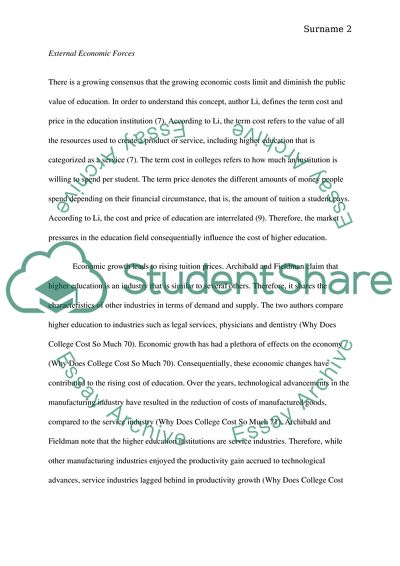Cite this document
(The Rising Cost of College in America Assignment, n.d.)
The Rising Cost of College in America Assignment. Retrieved from https://studentshare.org/education/1872933-the-rising-cost-of-college-in-america
The Rising Cost of College in America Assignment. Retrieved from https://studentshare.org/education/1872933-the-rising-cost-of-college-in-america
(The Rising Cost of College in America Assignment)
The Rising Cost of College in America Assignment. https://studentshare.org/education/1872933-the-rising-cost-of-college-in-america.
The Rising Cost of College in America Assignment. https://studentshare.org/education/1872933-the-rising-cost-of-college-in-america.
“The Rising Cost of College in America Assignment”, n.d. https://studentshare.org/education/1872933-the-rising-cost-of-college-in-america.


